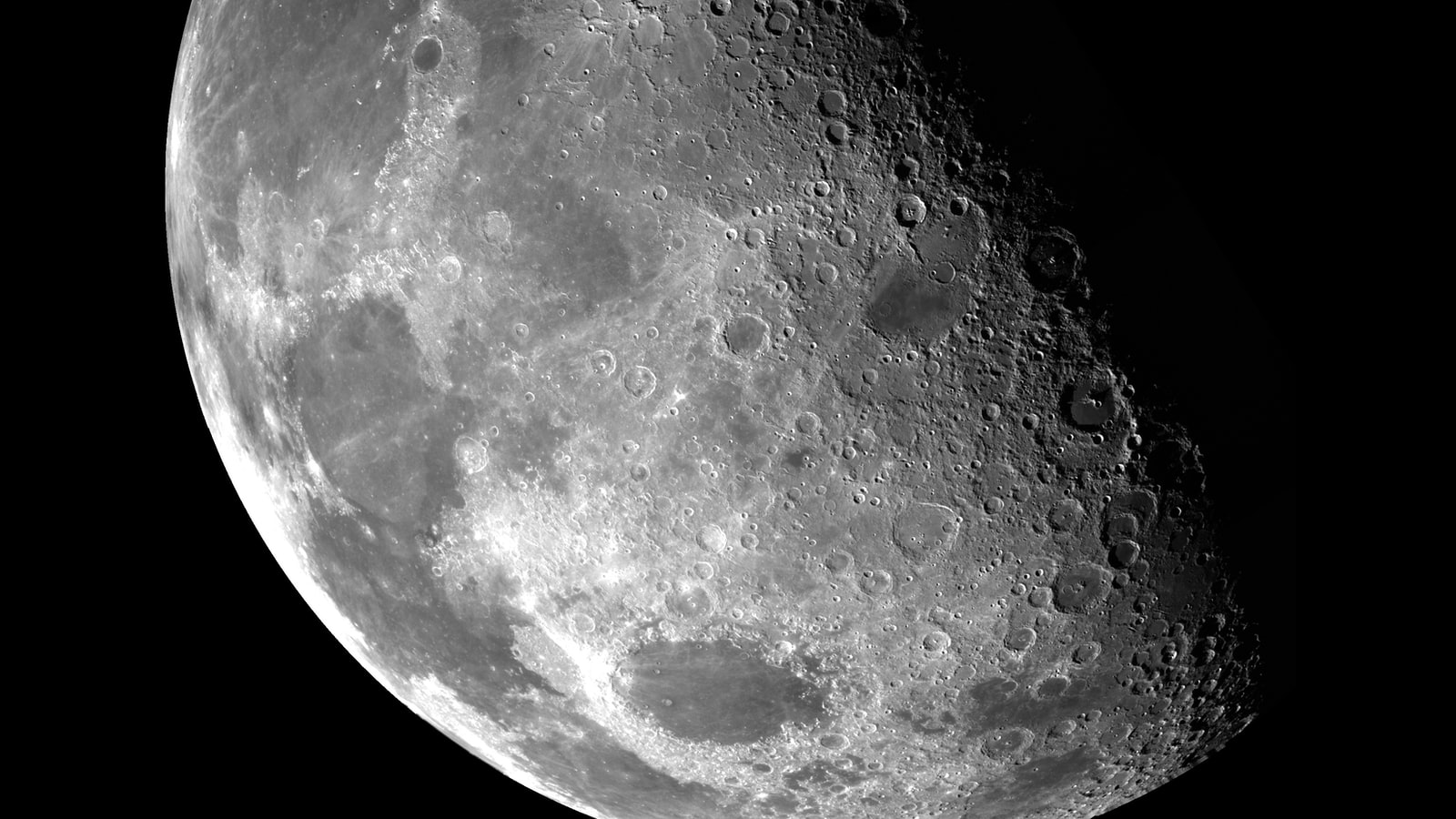The Artemis 1 launch was cancelled because of an issue with one of the rockets’ engines.
Published On 29 Aug 2022
A problem with one engine caused NASA to postpone the launch of its next-generation rocketship on a long-awaited first test journey around the moon and back, delaying the Artemis 1 mission half a century after Apollo’s last lunar operation.
The 98-metre (322-foot) two-stage Space Launch System (SLS) rocket and its Orion crew capsule were waiting for liftoff from the Kennedy Space Center at Cape Canaveral, Florida in the United States on Monday when the countdown was halted 40 minutes before the launch window opened at 8: 33am EDT (12: 33 GMT).
The next launch opportunity available for the Artemis 1 mission is Friday at 12: 48pm EDT (16: 48 GMT), depending on whether the launch team can solve the engine problem, described as an “engine bleed issue” by Spaceflight Now, which closely follows rocket launches.
Why Artemis did not launch and why it matters
On Monday, launch workers had started to fill the rocket’s core fuel tanks with super-cooled liquid oxygen and hydrogen propellants when they identified an issue with one of the rocket’s main engines. According to NASA, mission engineers had trouble getting that engine number three’s temperature up to launch-ready levels.
The next launch opportunity available for the Artemis 1 mission is Friday at 12: 48pm EDT (1648 GMT). But a launch attempt Friday would depend on the outcome of troubleshooting on the engine bleed issue that caused officials to scrub today’s countdown. https://t.co/3x7wi3KbIh
— Spaceflight Now (@SpaceflightNow) August 29, 2022
The launch of the SLS-first Orion heralds the official start of the highly anticipated moon-to-Mars Artemis programme, the space agency’s replacement for the Apollo lunar missions of the 1960s and 1970s.
Before NASA decides that the 5.75-million-pound craft is safe enough to transport astronauts on a future flight planned for 2024, this first mission is meant to put it through its paces in a demanding demonstration flight and stretch its design limits. The Orion capsule that sits atop the rocket and is eventually to carry humans has three mannequins on board.
In the space and rocket-launching industry, last-minute delays are not unusual and are quite routine. Apart from the disappointment felt by tens of thousands of eager spectators who had gathered along beaches and roadways to watch Monday’s launch, postponements are not seen as a major setback for NASA for rocket makers Boeing and Lockheed Martin.
“We don’t launch until it’s right,” NASA Administrator Bill Nelson said in a webcast interview after the launch delay. “It’s just illustrative that this is a very complicated machine, a very complicated system, and all those things have to work. And you don’t want to light the candle until it’s ready to go.”
Already behind schedule
The SLS, which has been in development for about a decade, is already more than five years behind schedule.
According to The Planetary Society, the development costs of the programme have gone far over budget from an original $7bn to about $23bn.
The SLS, which is marketed as the most potent and sophisticated rocket ever created, is the largest new vertical launch system the US space agency has produced since the Saturn V rocket used for the Apollo missions 50 years ago.
To the moon and then Mars
NASA hopes to send astronauts back to the moon as early as 2025, including the first woman and the first person of colour to set foot on the lunar surface – that is, if the first two Artemis missions are successful.
The Artemis programme eventually hopes to establish a long-term lunar outpost, which NASA sees as an important stepping stone to an even more ambitious goal of sending astronaut missions to Mars. But according to the US space agency, that may take until the late 2030s to accomplish.
The Apollo 17 mission in December 1972 was the last time humans walked on the moon, following in the footsteps of 10 other astronauts on five previous missions beginning with Apollo 11 in 1969.
Although there will be no humans aboard, Orion will carry a simulated crew of three mannequins – one male and two female – outfitted with sensors to evaluate radiation levels and other pressures that human astronauts might face.

